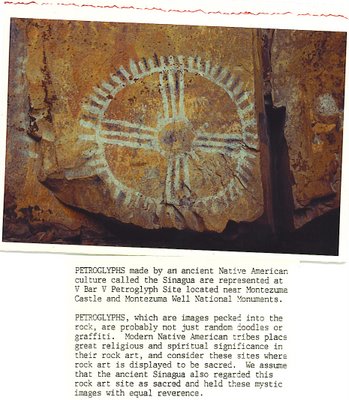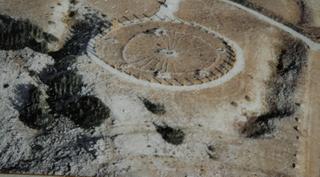Gravitomagnetism
This approximate reformulation of gravitation as described by general relativity makes a "fictitious force" appear in a frame of reference different from a moving, gravitating body. By analogy with electromagnetism, this fictitious force is called the gravitomagnetic force, since it arises in the same way that a moving electric charge creates a magnetic field, the analogous "fictitious force" in special relativity. The main consequence of the gravitomagnetic force, or acceleration, is that a free-falling object near a massive rotating object will itself rotate. This prediction, often loosely referred to as a gravitomagnetic effect, is among the last basic predictions of general relativity yet to be directly tested.
Indirect validations of gravitomagnetic effects have been derived from analyses of relativistic jets. Roger Penrose had proposed a frame dragging mechanism for extracting energy and momentum from rotating black holes.[2] Reva Kay Williams, University of Florida, developed a rigorous proof that validated Penrose's mechanism.[3] Her model showed how the Lense-Thirring effect could account for the observed high energies and luminosities of quasars and active galactic nuclei; the collimated jets about their polar axis; and the asymmetrical jets (relative to the orbital plane).[4] All of those observed properties could be explained in terms of gravitomagnetic effects.[5] Williams’ application of Penrose's mechanism can be applied to black holes of any size.[6] Relativistic jets can serve as the largest and brightest form of validations for gravitomagnetism.
A group at Stanford University is currently analyzing data from the first direct test of GEM, the Gravity Probe B satellite experiment, to see if they are consistent with gravitomagnetism.
A group at Stanford University is currently analyzing data from the first direct test of GEM, the Gravity Probe B satellite experiment, to see if they are consistent with gravitomagnetism.
While I am not as progressed in terms of the organization of your thought process(inexperience in terms of the education) I am holding the ideas of Mendeleev in mind as I look at this topic you've gathered. And Newton as well, but not in the way one might have deferred to as the basis if gravity research.
It is more on the idea of what we can create in reality given all the elements at our disposal. This is also the same idea in mathematics that all the information is there and only has t be discovered. Such a hierarchy in thinking is also the idea of geometrical presence stretched to higher dimensions, as one would point to mater assmptins as t a higher order preset in the development of the material of earth as to the planet.
***
Uncle Al,
Overview:A parity calorimetry test offers a 33,000-fold improvement in EP anomaly sensitivity in only two days of measurements.
we are not so different....that this quest may not be apparent for many, yet it is a simple question about what is contracted to help understand "principals of formation" had been theoretically developed in terms of the genus figures(Stanley Mandelstam) that we understand that this progression mathematically has been slow.
So we scientifically build this experimental progression.
But indeed, it's a method in terms of moving from "the false vacuum to the true?" What is the momentum called toward materialization?
Such an emergent feature while discussing some building block model gives some indication of a "higher order principal" that is not clearly understood, while from a condense matter theorist point of view, this is a emergent feature?
Best,
Bordeaux, France is 44.83 N
http://www.mazepath.com/uncleal/lajos.htm#b7
***
According to general relativity, the gravitational field produced by a rotating object (or any rotating mass-energy) can, in a particular limiting case, be described by equations that have the same form as the magnetic field in classical electromagnetism. Starting from the basic equation of general relativity, the Einstein field equation, and assuming a weak gravitational field or reasonably flat spacetime, the gravitational analogs to Maxwell's equations for electromagnetism, called the "GEM equations", can be derived. GEM equations compared to Maxwell's equations in SI are:[7] [8][9][10]
| GEM equations | Maxwell's equations |
|---|---|
where:
- Eg is the static gravitational field (conventional gravity, also called gravitoelectric for the sake of analogy);
- E is the electric field;
- Bg is the gravitomagnetic field;
- B is the magnetic field;
- ρ is mass density;
- ρem is charge density:
- J is mass current density (J = ρ vρ, where vρ is the velocity of the mass flow generating the gravitomagnetic field);
- Jem is electric current density;
- G is the gravitational constant;
- ε0 is the vacuum permittivity;
- c is the speed of propagation of gravity (equal to, by general relativity, the speed of light).



































